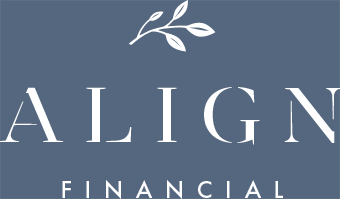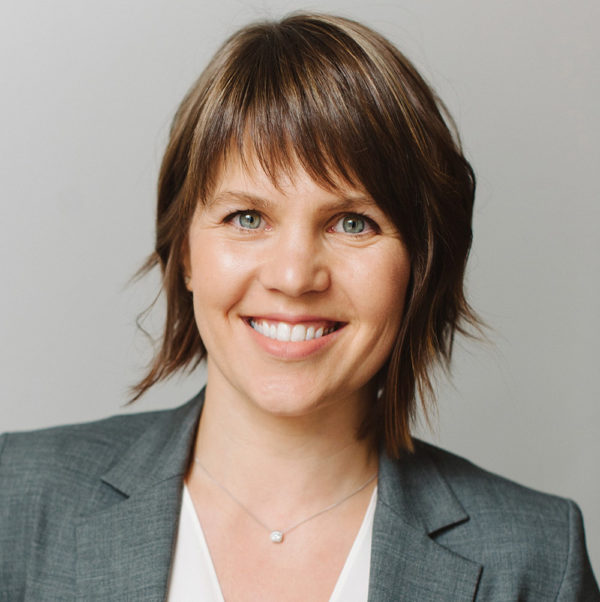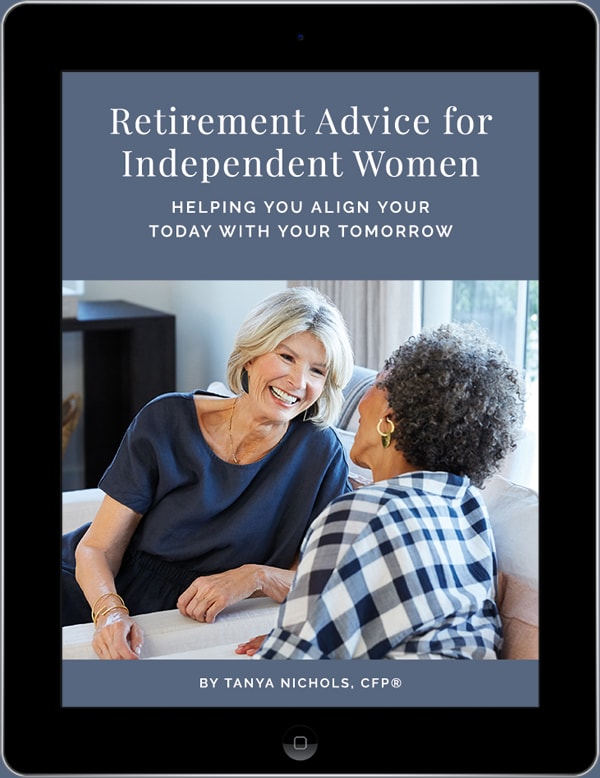While you likely have some idea of where your next dollar is going each month based on your lifestyle and goals, the path is often less clear when it comes to allocating a windfall. Unexpected cash gives us the opportunity to accelerate progress towards our financial goals. However, since many of us have competing goals, it’s hard to know which ones to prioritize.
Plus, every dollar we spend comes with an opportunity cost. For example, if you choose to aggressively pay down your debt now, you’re investing less cash for your future. Or if you change paths mid-career, you may have to give up the idea of your dream home. Sometimes these tradeoffs make good financial sense, and sometimes they don’t. Fortunately, there’s a straightforward way to evaluate them so you know where your next dollar should go.
This time of year, a potential tax refund or work bonus may be hitting your bank account. To help you allocate your cash most effectively, I’m sharing my rules of thumb for what to do with a windfall. And if you don’t expect to receive a windfall this year–or ever–don’t worry. You can still use this guide to divvy up extra cash at the end of the month to reach your financial goals faster.
#1: First, Pay Down High-Interest Debt
High-interest debt usually refers to credit card debt and personal loans. The average interest rate for a 24-month personal loan was 9.46% in February 2021, according to data collected by the Federal Reserve. Meanwhile, WalletHub reports that the average credit card interest rate is 17.87% for new offers and 14.58% for existing accounts.
In some cases car loans and student loan debt may be considered high-interest depending on the type of loan and your credit score. You can easily prioritize your debt payments by interest rate. However, I emphasize paying off high-interest debt first (as opposed to mortgage and most student loan debt) because it can easily rob you of your hard-earned money if you carry a balance month-to-month.
To borrow one example, suppose your credit card balance is $827.32, your minimum payment is $25, and your annual interest rate is 15.99%. If you only make the minimum payment each month, it will take you four years to pay off your balance. In the interim, you’d accrue about $285.68 in interest charges. That’s a markup of almost 35%!
You can imagine how quickly this can snowball if your balance is significantly higher. This is why most experts recommend paying off high-interest debt before focusing on other financial goals. The cost far outweighs the benefit of putting your money to work elsewhere.
#2: Build Your Cash Reserves
If you don’t have high-interest debt, the next step is to focus on your cash reserves. There are many reasons to make this a top priority when you have a windfall or extra cash. For example, an emergency fund can protect you and your family against unexpected setbacks, like job loss, unplanned home repairs, or medical expenses. In addition, it can help you avoid dipping into your retirement savings–as well as the associated penalties.
Most financial planners agree that it’s wise to have about six to eight months worth of living expenses saved and easily accessible. This money can be held in a savings account, money market fund, or a non-qualified investment account.
If you do invest your emergency savings, make sure you can tolerate potential swings in performance. Many people prefer to invest their emergency fund in lower-risk investments like short-term bond funds to keep their account balance stable.
#3: Contribute to Retirement Plans with an Employer Match
In many cases, you’ll want to focus on building your cash reserves and contributing to retirement savings concurrently–especially if your employer matches your contributions. An employer match is basically “free money,” which, thanks to the power of compounding, can be very valuable in the long run.
Not all employers offer a match, so you’ll want to review your retirement benefits. If your employer matches your contributions to a 401(k) plan or other employer-sponsored retirement plan, find out what the terms are. Most employers either offer a partial match or a dollar-for-dollar match up to a certain percentage of your salary. The important thing is to contribute enough so you receive as much of the match as possible. Otherwise, you’re leaving money on the table.
#4: Contribute to Retirement Plans without an Employer Match
If you don’t receive an employer match, you can–and should–prioritize your retirement savings nonetheless. You’ll still benefit from the advantages of investing in a tax-deferred account, and the earlier you get started, the more time your money has to grow.
Where this falls on your priority list depends on a number of factors. If you’re employed, largely debt-free, and confident in your emergency savings, you may want to consider aggressively contributing to your retirement plan and individual retirement accounts up to their prescribed limits. This is especially true if you’re 50 or over, since the IRS allows for additional catch-up contributions.
On the other hand, if you’re self-employed, you may want to balance saving for retirement with building a cash reserve and reinvesting in your business. Evaluating these tradeoffs can be tricky, and there’s no one-size-fits-all approach. As your financial decisions become more complex, you may want to engage the counsel of a financial advisor.
#5: Contribute to a Health Savings Account (HSA)
Unfortunately, health savings accounts aren’t available to everyone. However, if you have a qualifying high-deductible health plan, an HSA can be a great place to sock away extra cash.
These accounts are attractive because they offer three layers of tax benefits. First, contributions to an HSA are tax-deductible. Second, you have the option to invest your money within an HSA, and any gains are tax-free. Lastly, withdrawals aren’t taxed as long as you use them for qualified medical expenses.
Furthermore, your account dollars are yours for life–even if your HSA is offered through a former employer. Meaning, you can use these funds throughout your retirement to pay for relevant healthcare expenses.
#6: Pay Off Any Remaining Low-Interest Debt
At this point, you’re well on your way to meeting your financial goals and feel confident in your ability to retire comfortably, on your terms. If so, you can use your windfall to tie up loose ends in your financial plan, like paying off the remainder of your mortgage.
While there’s nothing wrong with having a mortgage payment–especially if the interest rate is low–it’s not unusual to want to be debt-free when you stop working. In addition, paying off your mortgage can free up a large portion of your monthly expenses in retirement. This money can be put towards other expenses that tend to rise in retirement, like healthcare.
#7: Treat Yourself or Your Loved Ones
While you may have more pressing financial obligations, there’s nothing wrong with using a windfall or extra cash for something fun once in a while. Take that vacation you’ve been dreaming of, visit loved ones you haven’t seen in forever, or buy yourself something that truly feels like a splurge. Ultimately, money is meant to be enjoyed, which is why it’s important to make good decisions as often as you can.
How We Can Help
Here at Align Financial, our philosophy is if you truly align your money with your life, your finances work to give you the life that you want. If we can help you prioritize your financial goals, develop a financial plan for your future, or determine what to do with a windfall, please don’t hesitate to get in touch.













